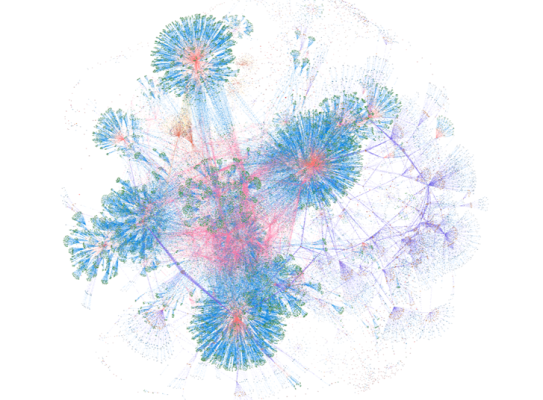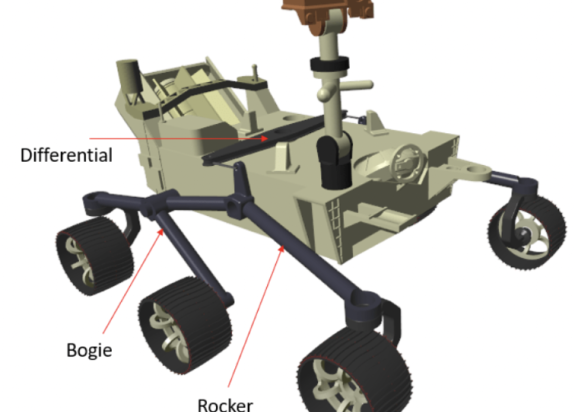
Christof Mueller Computational Geophysicist
Christof is a computational geophysicist with with an original training in physics. He has been with GNS Science since 2008. His career in our organisation started with developing advanced imaging and processing algorithms for seismic data, led him to work in tsunami research and he is now leading our Artificial Intelligence (AI) and Advanced Analytics team. His research interest still lies in Tsunami modeling, evacuation zoning and the effects of non-uniform slip on local tsunami impact. He is working in areas of data science, machine and deep learning (data generation, segmentation and surrogate modeling) with applications in tsunami, submarine and subaerial landslides. He is also interested in modern software pipelines and software engineering problems.
View Bio Contact Me




